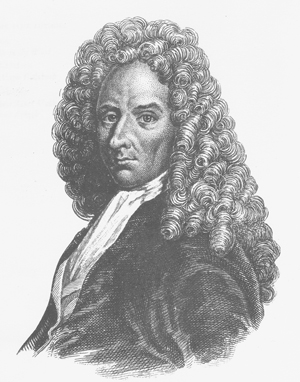Voyage de M. Le Vaillant dans l’intérieur de l’Afrique, par le cap de Bonne-Espérance, dans les années 1780, 81, 82, 83, 84 & 85. 2 vols.Paris: Leroy, 1790. [Rare Books Division]

Above all, I thought particularly, that those parts of the globe which were unexplored, might give new information, and rectify the former errors; looking on that man as supremely happy, who should have the courage to trace them to their source. The interior parts of Africa appeared, for that purpose, a Peru.—It was virgin land. Ingrossed with these ideas, I persuaded myself, that the ardour of zeal might supply genius. Enthusiasm whispered, I was the being for whom this privilege was reserved; I listened to the pleasing seduction, from which moment I became devoted; neither the ties of love or friendship were able to shake my purpose.—I communicated my projects to no one; but inexorable and blind to every obstacle, left Paris the 17th of July, 1780.
—Le Vaillant, from the preface of the English edition (London, 1790)
Le Vaillant was the son of the French consul in Dutch Guiana (today’s Surinam). When he returned to Europe, he studied natural history in Metz, France. In 1781, he was sent by the Dutch East India Company to its Cape Colony in southern Africa, which it had established in 1652 with the founding of Cape Town. Over the next several years, Le Vaillant made two major journeys—one eastwards from the Cape, the other north, across the Orange River, into territory of the Great Namaquas, today’s Namibia—collecting specimens and taking notes on everything he observed. Although he lacked formal training and opposed the systematic nomenclature introduced by Carolus Linnaeus, he became an enthusiastic field ornithologist and accomplished hunter. His published narrative, which first appeared in both French and English in 1790, is one of the earliest accounts of travel by Europeans in southern Africa and is prized for its illustrations of native peoples and wildlife. Today, Le Vaillant is considered the founder of African ornithology; several African birds have been named for him, such as Levaillant’s Woodpecker and Levaillant’s Cuckoo.